LIBERTY Galați has for the first time exported 50,000 tonnes of blast furnace slag, a by-product of the steel making process carried out at the plant, so that it can be converted into very low carbon cement at a specialist factory in France.
A ship loaded with granulated blast furnace slag, which is produced in LIBERTY Galati’s own facilities through the processing of hot liquid slag, has been sent to a prestigious cement manufacturer in France. That company operates an innovative technology which uses slag, clay and plaster in a kiln and clinker-free production process. The new process is environmentally protective as it does not involve the extraction of limestone, does not release gases into the atmosphere and – eventually – reduces the carbon footprint of the cement by 80%.
The classic cement-making process uses a rotary kiln where the raw materials are heated up to 1,450 degrees Celsius, which also generates the clinker by-product, largely responsible for the carbon footprint of the cement.
LIBERTY Galați produces about half a million tonnes of blast furnace slag yearly. Of this, the granulated slag is used by cement producers in Romania but also in other countries across Europe and Africa. The use of slag in the cement industry reduces the use of natural raw materials and – implicitly – its carbon footprint.
Aida Nechifor, General Director of LIBERTY Galati: “Our ambition to become carbon neutral by 2030 is already well-known within our GREENSTEEL concept, which involves a new metallurgical route (using direct iron reduction and smelting in electric arc furnaces), larger volumes of recycled scrap and more energy produced domestically by way of green technologies. However, we are very happy to be able to ensure that even the by-products of our current production process, such as blast furnace slag, can be used better to help reduce the carbon footprint of other products.”
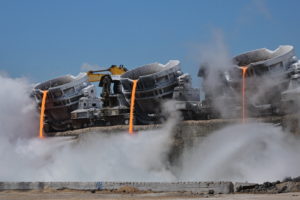
Latest News
View All Press Release
Press Release
The Steel Production Resumes at LIBERTY Galați
LIBERTY Galați has restarted its production operations by reactivating Blast Furnace No. 5, marking a significant milestone in the company’s...
Read More Press Release
Press Release
LIBERTY Galati to restart Blast Furnace on the back of a strong order book
LIBERTY Galati has today announced that it will restart its Blast Furnace No.5 after a short stop. This is on...
Read More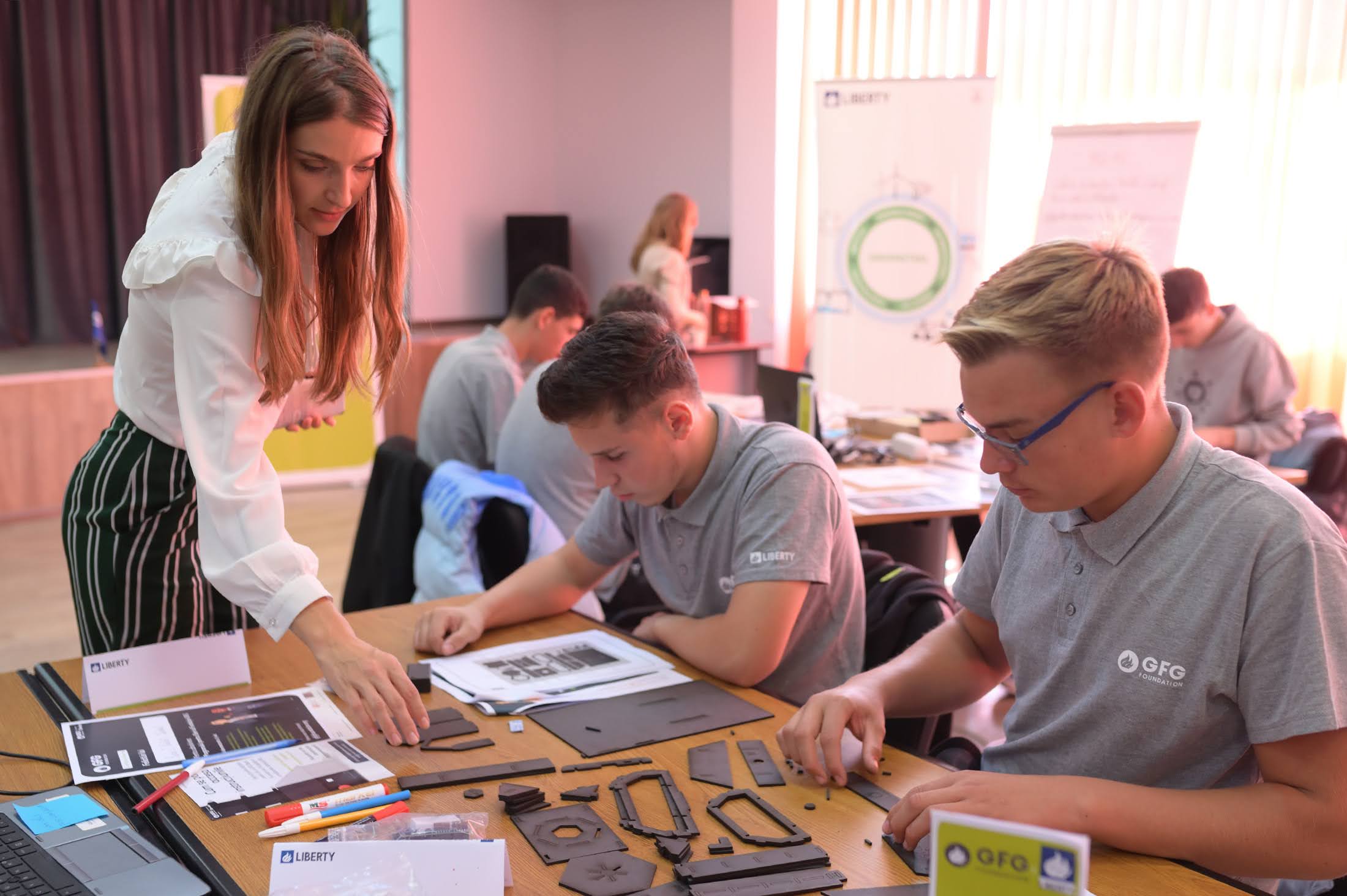 Press Release
Press Release
GFG Foundation and LIBERTY Galați support the third class of their dual learning programme
The GFG Foundation and LIBERTY Galați has launched the third edition of its dual learning programme based on STEM subjects,...
Read More Press Release
Press Release
LIBERTY Galati launches the 2nd edition of the Robotics Club
In June, LIBERTY Galati and GFG Foundation Romania launch the 2nd edition of the Robotics Club, an innovative educational programme...
Read More Press Release
Press Release
LIBERTY Galati launches the registration for a new edition of the Summer School
In April, the GREENSTEEL Academy of LIBERTY Galati opens the registration for its Summer School, the main internship program run...
Read More Press Release
Press Release
LIBERTY appoints Thomas Gangl as CEO of its European business
LIBERTY Steel Group (“LIBERTY”) has appointed international sustainability leader Thomas Gangl as the Chief Executive Officer of its European business,...
Read More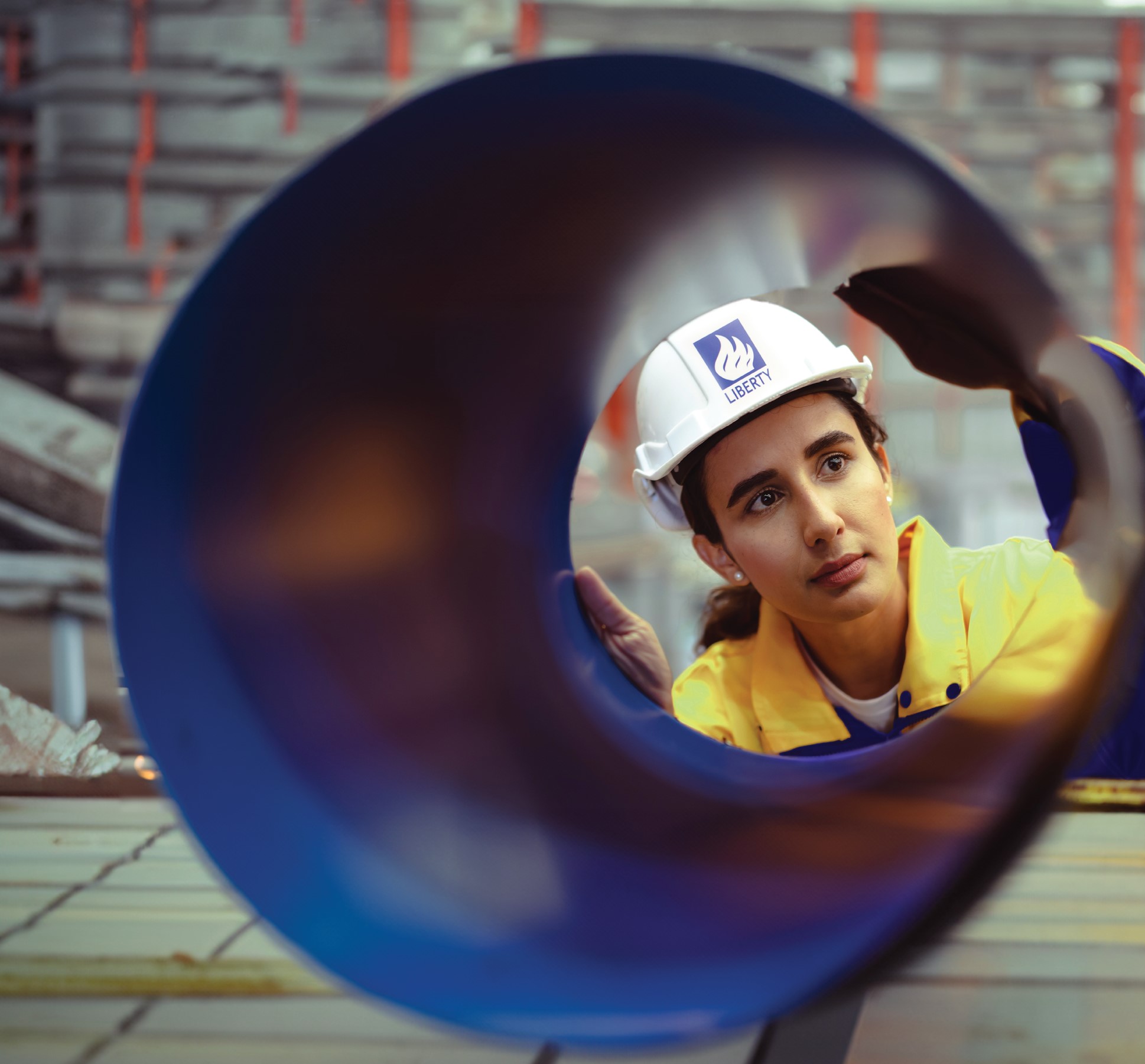 Press Release
Press Release
LIBERTY Galati to employ 100 apprentices in 2024
LIBERTY Galati, the largest national steel producer and a strategic company in Romania, is launching an apprenticeship programme which will...
Read More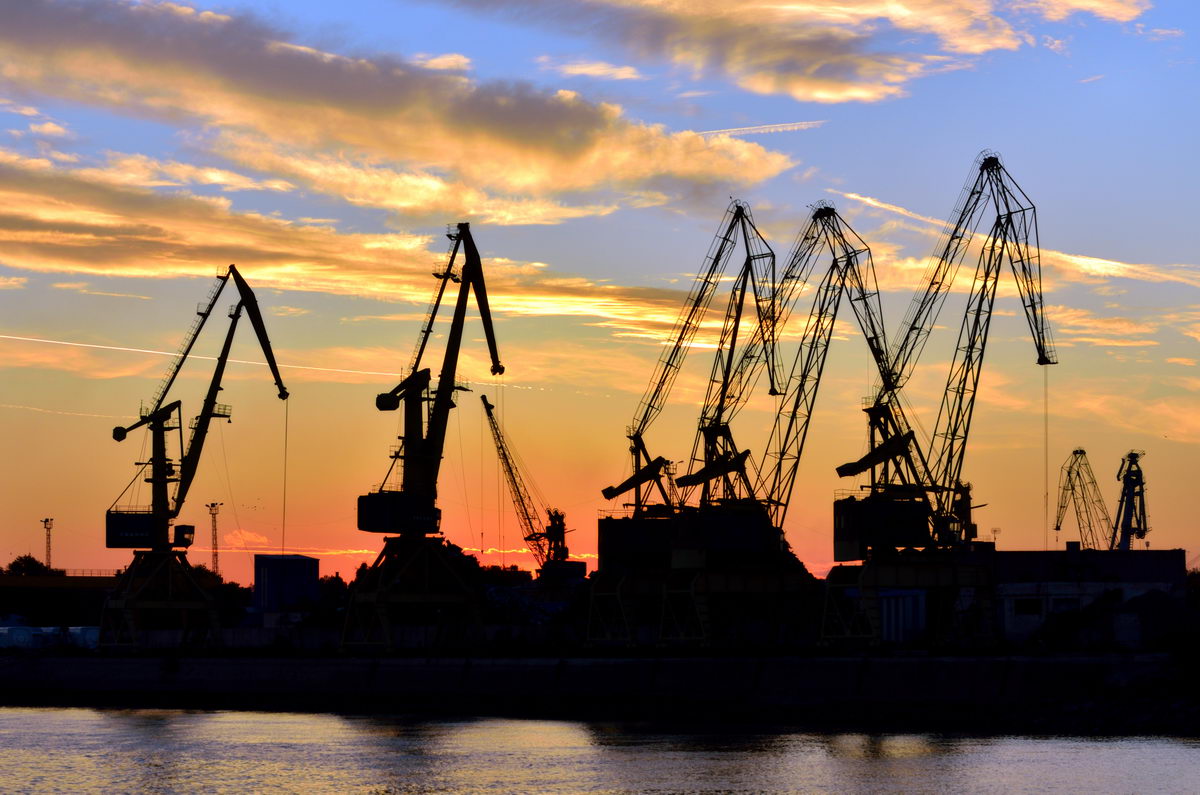 Press Release
Press Release
Funding of more than 10 million lei in the “Modernisation of unloading/loading equipment within Romportmet – Galati” project co-financed from the Cohesion Fund
ROMPORTMET, as Beneficiary, and the Ministry of Transport and Infrastructure, as Managing Authority for the Transport Programme 2021-2027, signed the...
Read More Press Release
Press Release
LIBERTY Galati and the GFG Foundation helping to educate a new generation
This autumn, LIBERTY Galați together with the GFG Foundation are launching several projects dedicated to the new generation, proving their...
Read More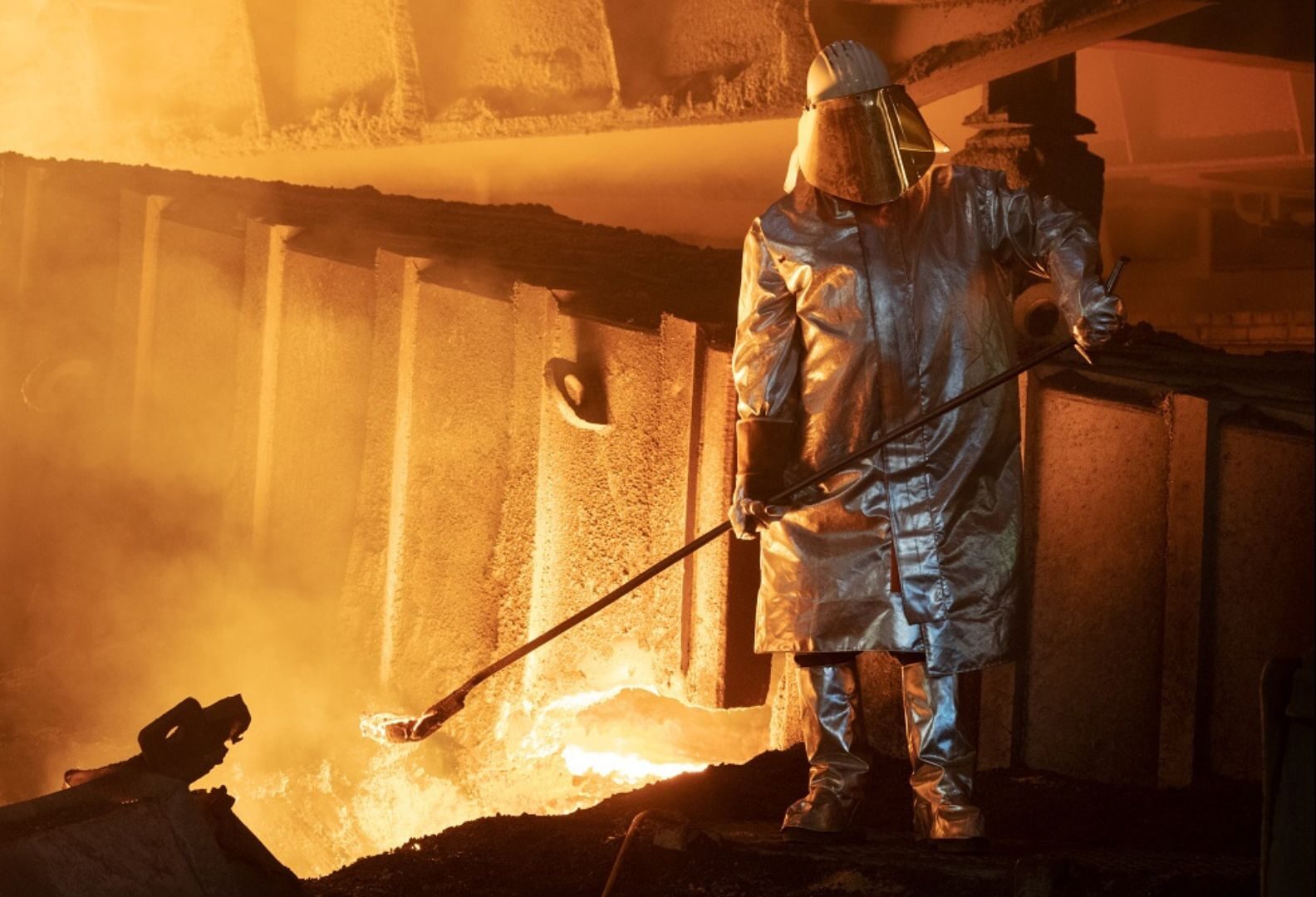 Press Release
Press Release
LIBERTY Galati Blast Furnace restarts
The process to restart LIBERTY Galati’s Blast Furnace No. 5 is now underway and expected to be completed in the...
Read More